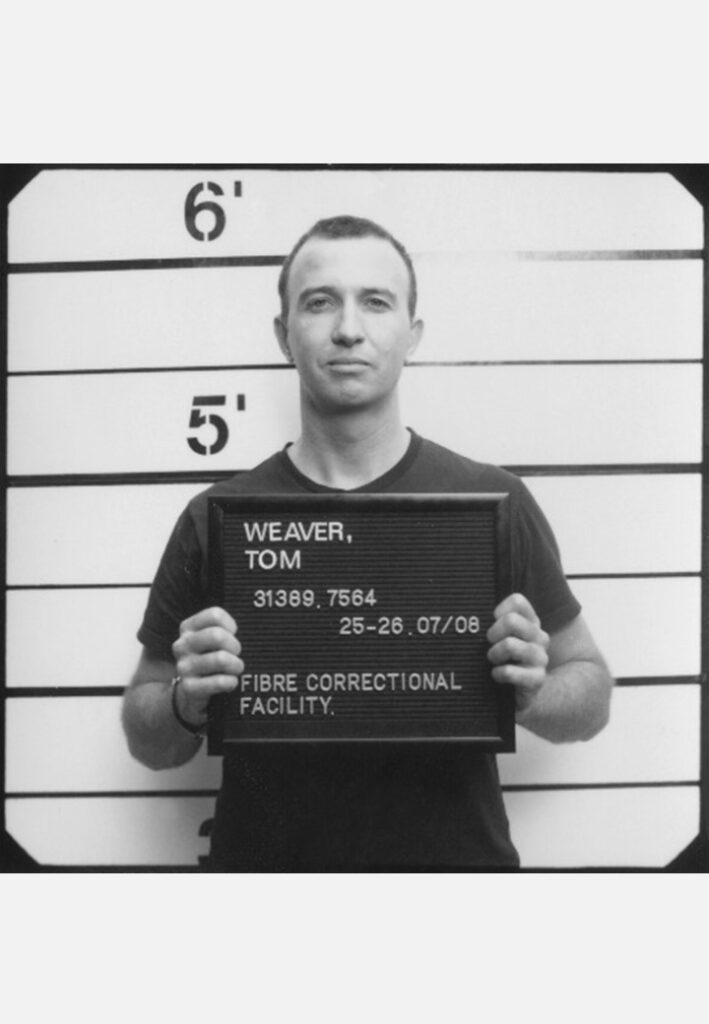Conversation between Thomas Weaver, Senior Acquisitions Editor for Art and Architecture at MIT Press, and Pedro Alonso, Head of the Ph.D Programme in Architecture and Urban Studies at PUC.
PA: Thomas, many thanks for agreeing in responding these few questions, and thanks for the wonderful seminar on academic writing that you’ve given at our programme. Of course, part of the discussion we aim at broadening considers that to write academically, either in architecture of urban studies, is not just any writing. It relates to research. We know your position about this term, quite nicely expressed in your essay “Against Research”!!! We of course take that title as an intellectual provocation, even in praise of both research and writing (not quite as an attack). Can you please tell us more about the role of writing in the process of research? Do you think, perhaps, that to write is to research?
TW: Pedro, thanks for this prompt. Yes, for many years my own teaching, editing and (whisper it) even my own research has focussed on the idea of writing itself being a standalone form of academic excellence, originality and research. The model that I am trying to dismantle is, I would argue, one that reflects a scientific paradigm (but which more recently has crept into all academic departments, including the humanities) and in which writing is a rather mechanical act, in effect ‘writing-up’ an experiment after the hard work (and the actual experiment) has been completed. In such a guise, and to mix my metaphors, writing then becomes like a chef merely listing a recipe and method after a new dish has already been invented. In contrast, the model that I advocate places much more emphasis on the qualities of the actual writing – the rhythm and flow of its sentences; the skills of the writer to hold the reader’s attention, to generate a certain amount of drama and even with the mandate to entertain as much as inform. As I have discovered, making a student aware of even quite small things (avoiding repetition, giving special emphasis to the beginnings and endings of any text; being conscious of the importance of linking paragraphs so that writing does not read as a series of bullet points but as a homogenous interconnected text), can make huge improvements to how they write and communicate their ideas.
PA: This is perhaps the problem with one of the many myths about what a Ph.D thesis is about, on the role of research, and on the importance of writing. Quite often you hear students to say that they will “do” research, then fieldwork, then this and that, and finally, they will sit down and write. There is sometimes a difficulty to grasp that writing is integral to thinking.
TW: Yes, absolutely. So many PhDs are taught and supervised like this, with way too much valorisation on the idea of research and way too little attention to writing – i.e., the form that the PhD will communicate itself. In my own work with doctoral students or with academics (many of whom are very distinguished in their field) I always advocate the model of thinking through writing. That is, ideas and arguments to emerge through the act of writing. Fundamental to a doctorate, then, is that candidates do not hold back the act of writing, but start writing early in the process, as they are conducting archival research. Writing and research are therefore two parts of the same thing. Such a model also helps dissipate the often emotional burden PhD candidates experience after they have conducted a body of research but before they have committed this to paper. Good writing emerges out of the daily ritual of committing ideas to paper (or the screen).
PA: You have divided your seminar in beginnings, middles and ends. You also addressed issues of style and flow. It seems clear your position about construction of a text as well calibrated, artful way of conveying knowledge. How does that fit with rather normal accounts of academic writing that are more scientifically oriented, from the belief that writing is just the way to transmitting a knowledge acquired by other means?
TW: There is a cliché about writing that some people know how to write and others just do not – a cliché that supports what I see as a certain laziness or disinterest in the academy to help students write. In contrast I firmly believe that one can teach writing, and in a relatively short period of time students will make huge improvements to their prose. As you saw in my Católica workshop, I typically structure my writing exercises around the three main components of any text: its beginning, middle and end (each of which demands distinct attention). Furthermore, I often advocate another tri-partite structure which looks at three different types of writing – namely, descriptive writing; contextual writing; and interpretative writing. I do this because in my experience most PhDs are written in such a way that they over privilege interpretation and are inattentive to the importance of description (most PhDs endlessly champion their unique interpretative or methodological lens, without actually presenting (ie, describing) an object under enquiry. This means that the greater majority of PhDs are structured and written in exactly the same way: an interpretative introduction; three disconnected chapters each presenting one case study; and then an interpretative conclusion that usually repeats the introduction. In my model, even if a PhD has chapters and subsections, there is less separation, and a more free-flowing movement between the presentation of a particular object and then its contextualisation and analysis.

